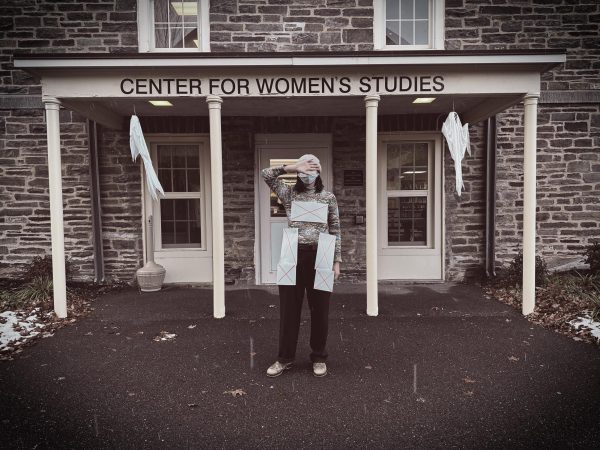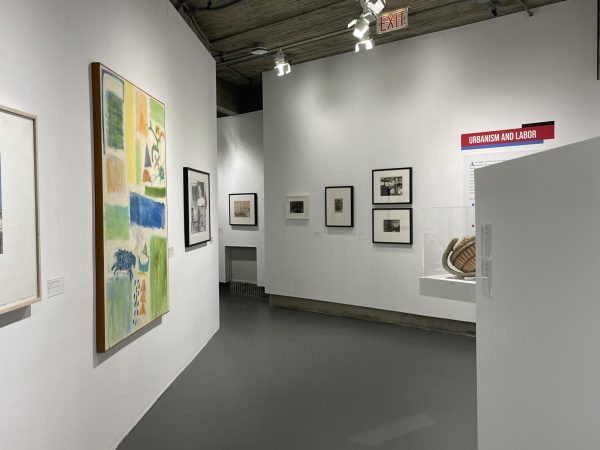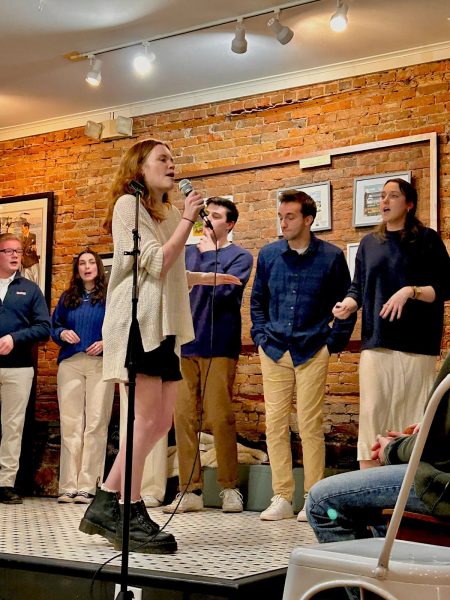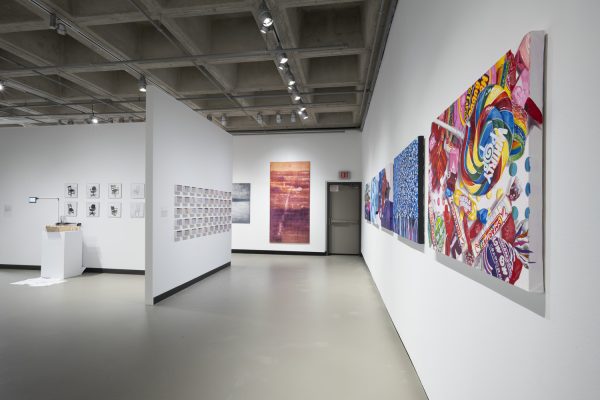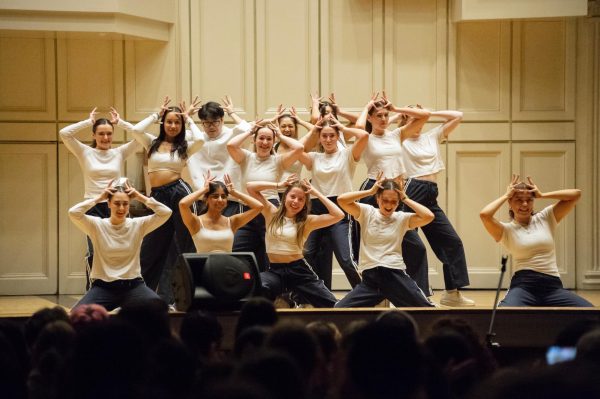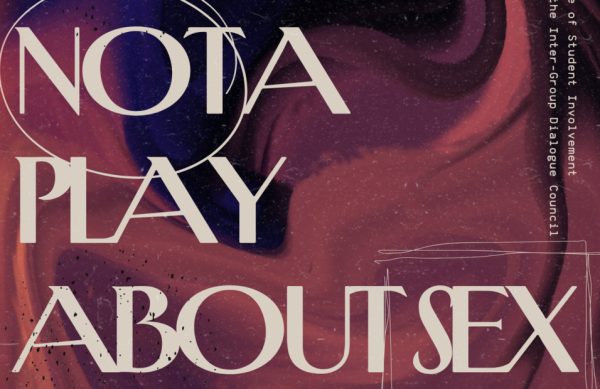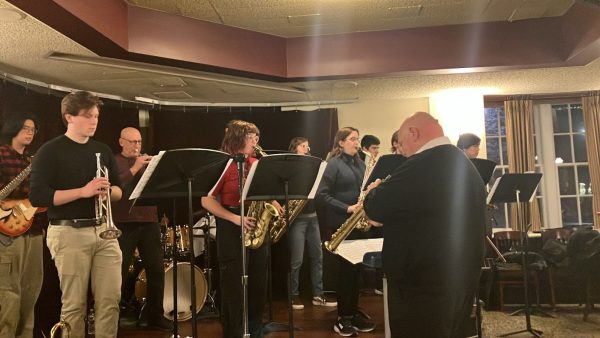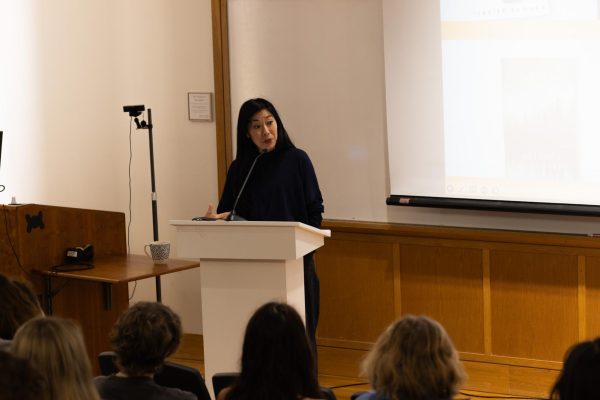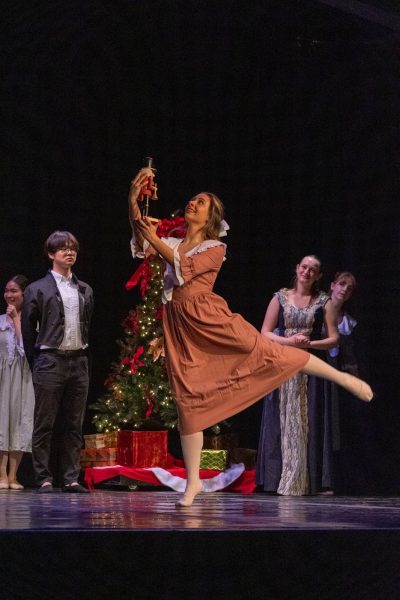Colgate Hosts Selected Films From MONO XVI Festival of Cinema Arts
On Feb. 27, Colgate University hosted the Mono XVI Cinema Arts Festival at the Golden Auditorium in Little Hall where faculty, students and alumni had the opportunity to engage in avant-garde alternative cinema.
“Mono No Aware was a chance for me to bring the analog film community back together,” said Steve Cossman, the multi-talented organizer, programmer and director behind the now 16-year-old organization.
The exhibition at Colgate University was a biennial exhibition of a larger film festival which took place over a period of four days in Dec. 2022. This event encouraged filmmakers to shoot in vintage 16mm, super 8 mm and 32mm film as opposed to streaming platforms.
With an expansive collection of films from around the world, the exhibition features more than 50 international artists. The organization also boasts an impressive warehouse space in Brooklyn, N.Y. where they use half the area as a sculpture studio and the other half for directorial practices. Many community classes also take place in the area, where novices are taught how to make films and operate a variety of classes. While introducing himself and his work, Cossman said that he came up with this idea of a studio space in the context of post-COVID New York City, which had no areas where people passionate about filmmaking could gather and engage their interests.
The program was composed of four short films which each challenged the viewer in different ways. The first highlight of the night was an animated short film directed by Maya Edelman, whose previous works include collaboration on shows like Broad City. The animation, titled “The Meadow,” was a 16 mm hand-drawn cell animation that lasted about four minutes in its entirety. It dealt with a shy girl walking through dystopian farmland inspired by the flatlands of New Jersey, flanked with highways on each side. The animation style was unique, created entirely by hand at 12 frames per second.
The second film was also an animation. Titled “For Cynthia,” the film was directed by Nora Rodriguez, a media artist and educator who has showcased her work at numerous esteemed venues including REDCAT in L.A., Pioneer Works, The Filmmaker’s Coop and Anthology Film Archives in New York. The animation offered a fascinating exploration of the complex relationship between family lore and the art of storytelling. It was a unique blend of a radio drama and a tree care manual, weaving together a story about a family’s folklore that had been passed down through generations, transforming into a surreal and nonsensical tale. At the heart of the story was the notion that family history can become distorted over time through the act of storytelling, with the telling itself becoming an unusual heirloom. Inspired by the concept of family stories being recorded over time, this feature experimented with different kinds of animations from 2D cutouts in 16mm, to painstaking hand-drawn animation and even lesser-known techniques such as live morphing.
“Deprivation” by Caity and Chandler Arthur was the third feature of the night, filmed on 16mm with optic sounds. It is a horror film on the blurring of reality and dreams. It presents a woman trying to go to sleep but being haunted by her own self-identity and perception of reality.
The last film of the night was “Stepping into the Frame,” a 16mm triple projection performance by director-actor Lauren Noelle Oliver, who was present at the screening to display her work. Less of a film and more of a live-action performance piece, it was an insight into the various processes of the life of the filmmaker. Dealing with the erotic mundane of everyday life, this film is displayed on a three camera projector system while the reels are replaced every few minutes so as to create an entirely unique experience each time the movie is viewed. As Oliver explained later on, it was made as an experiment “to revere and observe light in its natural forms.” Oliver also said that it was important to her that the film act as evolutionary, or constantly changing, living and breathing. Upon being asked about nudity in the film, she referred to it as an exercise in body positivity and therapy.
As Assistant Professor of Art and Art History Yi Cui explained, “The reason I chose this festival was the element of community. Analog film brings people together.”



